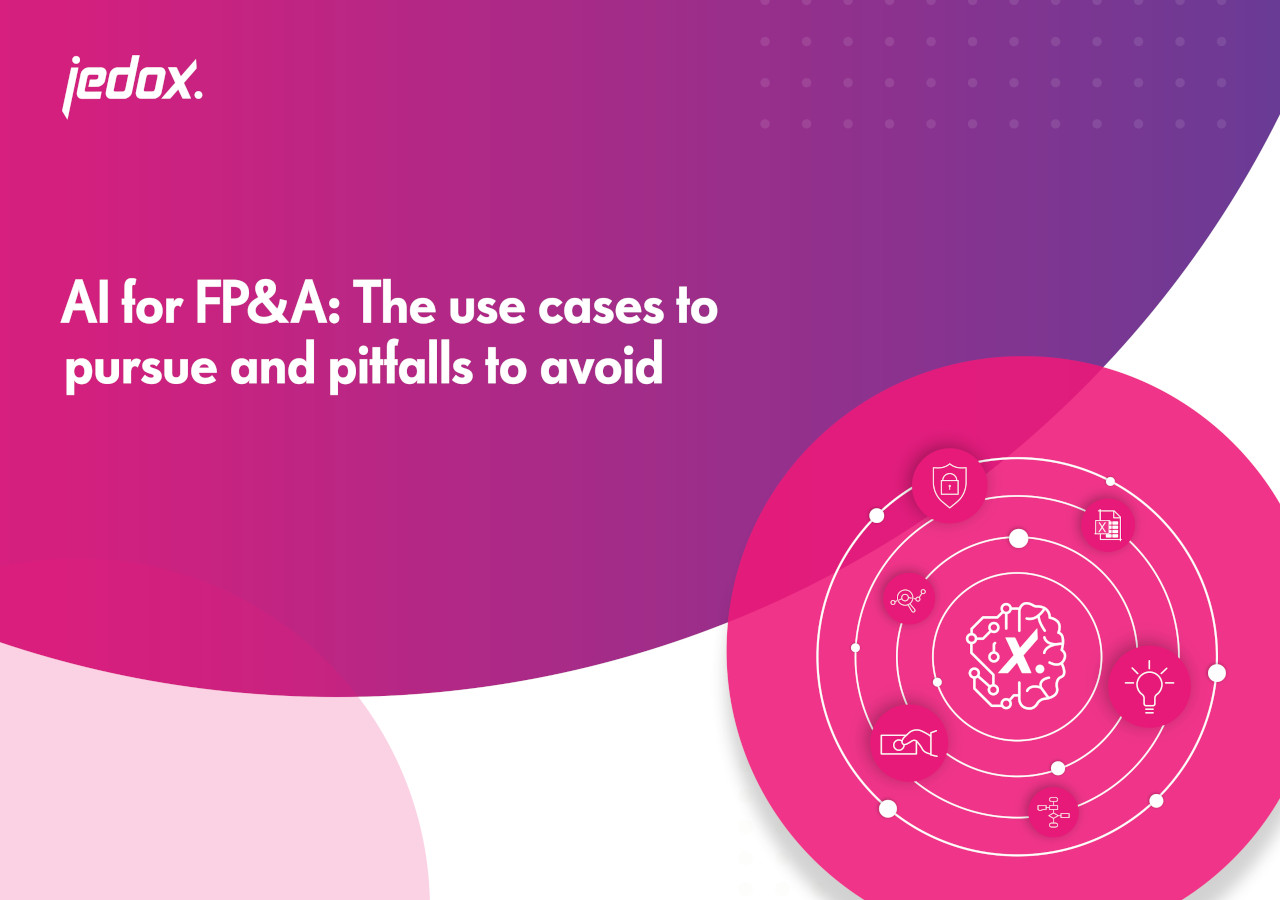
How to optimize your financial consolidation
Planning, budgeting and reporting isn’t the only function in finance that can be automated and consequently simplified by software solutions. Financial consolidation can also be optimized with the right software tool. Until now, creating consolidated financial statements and the associated tasks have monopolized valuable time and resources. Let’s take a closer look at how a modern solution facilities financial consolidation.
What is Financial Consolidation?
Performing a financial consolidation means to combine and join financial data from different departments within a business.
Providing a unified view of financial performance across an entire group is a complex, tedious and time-consuming task for finance. Separate financial statements from subsidiaries, mergers and acquisitions, foreign currency translations and intercompany transactions add additional complexity.
Consolidated Financial Statements: “The same procedure as every year”
The goal of every company’s finance department is to get a unified view of the company’s performance, which is a tedious and time-consuming process. For example, subsidiaries, subgroups, joint ventures and associated companies require very different methods of financial consolidation. Intra-group transactions, mergers, currency conversions or acquisitions further increase the complexity.
Manual processes and inefficient structures involve many hours of work to produce consolidated financial statements that meet international reporting requirements as well as the needs of internal stakeholders. A modern software solution can reduce complexity and automate many steps in group consolidation.
Advantages of software-based consolidation
A modern software solution for financial consolidation offers decisive advantages:
1. Acceleration of reporting
First and foremost, it saves enormous amounts of time by accelerating financial reporting through efficient and automated data capture and consolidation processes. In addition, the automated process reduces risk and minimizes errors – resulting in consistent, accurate, and fast financial reporting.
2. Compliance with internal and external reporting requirements
A software solution can support compliance with multiple external reporting standards by providing configurations to meet the requirements of multiple international standards. It is also easier to meet internal reporting requirements: A software solution help provide more detailed insight into company performance and also offers quick and easy customization of reports for internal purposes.
3. Increased transparency
Audit logs and a high level of transparency make it easier for the finance team to review and understand data and calculations. In general, this results in better collaboration between those responsible and those who ensure compliance, plus complex, time-consuming work steps can be significantly reduced.
The basis for well-founded, strategic decisions
Financial consolidation is the basis for preparing financial statements that conform to numerous standards. Software solutions for financial consolidation not only help handle the complexity of the many requirements, they also automate a large part of the processes: Data is prepared in a structured and transparent manner, standardized and adapted accordingly to create polished financial consolidation statements.
Done right, an integrated and networked planning and consolidation process enables sound, strategic decisions within the group. Detailed, up-to-date financial analysis forms the basis for sustainable planning and successful enterprise performance management (EPM).
What to consider when choosing financial consolidation software
Manual financial consolidation is time consuming and labor intensive. With modern technology offering new digital solutions to automate complex processes, you can not only streamline your consolidation processes, but also accelerate them. In the next steps we’ll examine what to consider when choosing a software consolidation solution for your organization:
- Rely on automation
The right financial consolidation solution dramatically reduces the time spent on financial consolidation. Automating consolidation processes such as data preparation and consolidation measures can significantly reduce manual intervention and shorten process times. A best-in-class software solution can control, check and automatically execute many operational steps within the consolidation process. Errors in data can be avoided or identified much quicker.
Improve the efficiency of financial consolidation through pre-defined functions such as report templates, automatic currency conversion, import of exchange rates, a posting journal for automatic and manual entries. - Fast, agile and networked
A best-in-class software solution for financial consolidation is fast, agile and connected. An agile solution ensures that you can meet multiple local and international reporting standards such as IFRS and GAAP and increase flexibility for internal management reporting. In addition, you create more transparency and consistency with an integrated platform for enterprise performance management and consolidation. - From data collection to reporting
A software solution for consolidation accompanies you throughout the entire process and accelerates manual steps from data collection to reporting. Using the right solution for data collection allows you import data quickly from source systems and check data quality and consistency at the same time. The result is efficient data collection and validation. Within the subsequent data preparation, a software solution can accelerate manual adjustments and automate standard processes, resulting in significant time savings. Last but not least, this will lead to greater traceability for external auditors and ensure international standards are met throughout the entire process. As a result, you can also create significantly more transparency for flexible internal analyses, reporting, and enterprise performance management.





